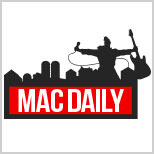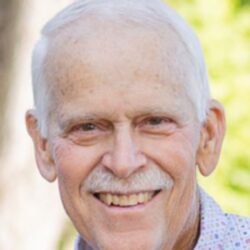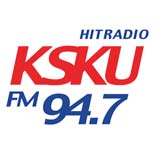
By Mark Tallman, Kansas Association of School Boards
GREAT BEND, Kan. — “We’ve got something in place for every type of student. It could be an advanced student who’s taking dual credit classes with Barton County (Community College), it could be a kid who knows that they want to be a hands-on kind of learner and worker. For struggling students, we’ve got classes to help catch those kids up. With language barriers, we’ve got specific staff who deal with the students who need some help catching up with language issues.” – Great Bend High School Assistant High School Principal Kip Wilson.
Great Bend USD 428 is a central Kansas district of 2,900 students. I visited as part of my tour of schools that perform above expectations based on family income and student disability rates.
Great Bend’s 2022 state reading and math scores averaged 5.7 percent higher than expected with increases from 2017 exceeding predictions by over 6 percent. School leaders credit their high and improving test scores and graduation rates to highly individualized attention for each student.
Assistant Superintendent John Popp offered several reasons for improving test results, starting with the use of assessment results and other data to guide decisions. Second, he said Great Bend worked to get students back in school quickly after the pandemic. Perhaps most important, the district strongly embraced the Multi-Tiered Systems of Support (MTSS) model about ten years ago. MTSS is a set of approaches with varying levels of interventions and support to students based on their individual needs.
“We really depend on our MTSS system to grab any kid, especially at the elementary level through middle school, who starts to fall behind,” said Popp. “We’re testing every kid on their progress, looking at their data and intervening as they need it. We’ve also tried to focus on just good core instruction.”
“When we adopted MTSS, we went all in, in the areas of reading, math, and social-emotional behaviors,” said Director of Teaching & Learning JoAnn Blevins. She stressed the importance of building relationships between students and all adults in the building because when staff know students better, they can respond to their needs more effectively.
Improvement rates in Great Bend’s graduation numbers are even greater than its test scores. The 2022 graduation rate of 92 percent was 6.2 percent higher than expected and an increase of over 10 percent from 2017.
Superintendent Khris Thexton credits veteran staff with recognizing student needs, as well as community needs. “The staff has done a good job on helping kids get through high school successfully, and being prepared whether they go to post-secondary education or to the workforce,” Thexton noted that Great Bend offers good opportunities for graduates who go directly into the workforce. “What’s changed the last five years is this very intentional look at students who are most at risk of dropping out,” said Popp. This includes monitoring students and engaging with them, so they stay on track to graduate. “It’s now a more focused conversation on where students are and what they need to do to walk across the stage,” Thexton said.
“If you fail a semester or a year of algebra and everything else was okay, that next semester, we will put you in credit recovery, so you have an opportunity to earn that credit before you’re too far behind,” said Wilson.
The district has also put more focus on the importance of career planning through the Individual Plan of Study (IPS). “I think they do a really good job of showing kids their earning power differential between finishing school or not; and the different career paths that they’re looking at,” said Thexton.
Lacy Wolters, GBHS ACT and Career Coordinator, agreed. “In the last five or six years we’ve really tried to bring more career awareness to our students and connect their learning not to just what they’re doing in the classroom, but how that can impact their future,” she said. Strategies include a period each day that keeps students with the same teacher all four years, implementing a Jobs for America’s Graduates (JAG) Program in middle and high school, Career and Technical Education programs, community college dual credit programs, and a thriving community internship program.
Bright Idea: An unexpected silver lining from the pandemic occurred when a local Great Bend business switched all employees to remote work and arranged for the district to have its recently constructed office. They used it for a new district-wide preschool program and central office facilities. It will allow the district to significantly increase slots for preschool students and widen options for families in the community.

























































